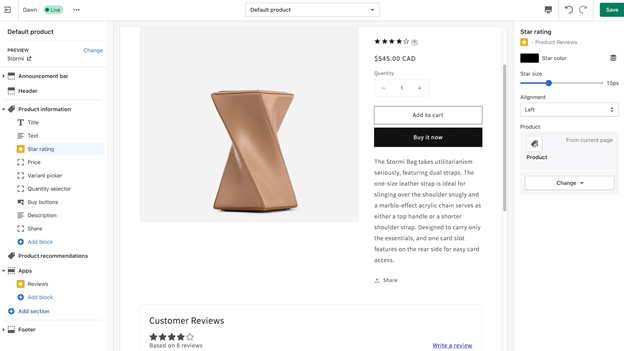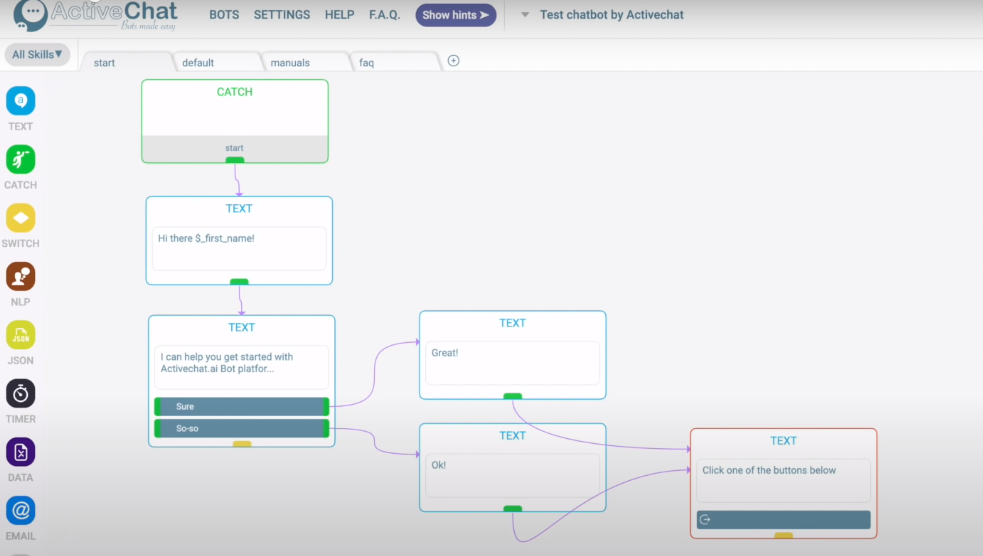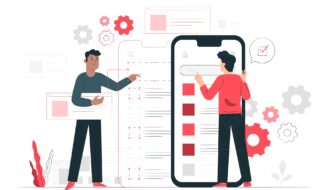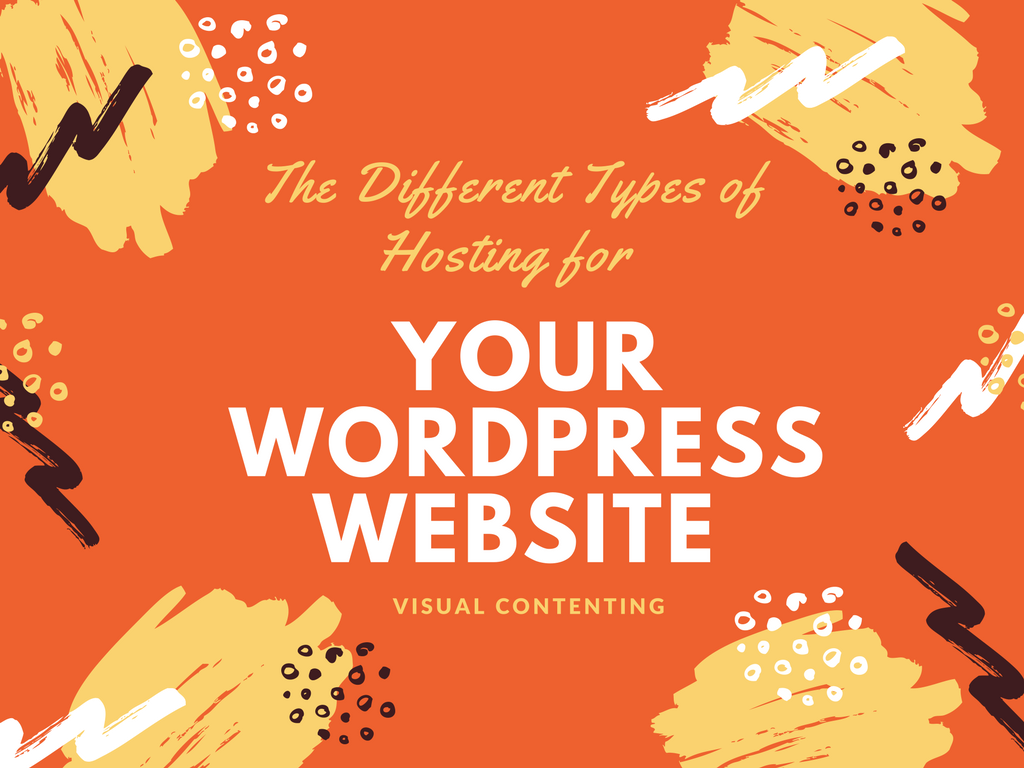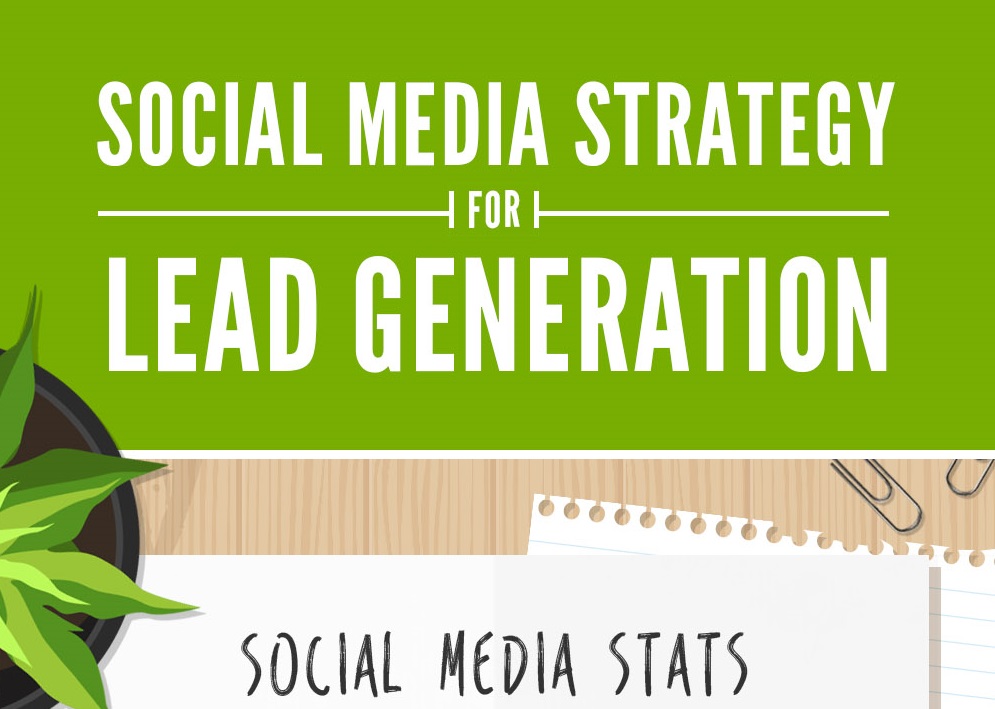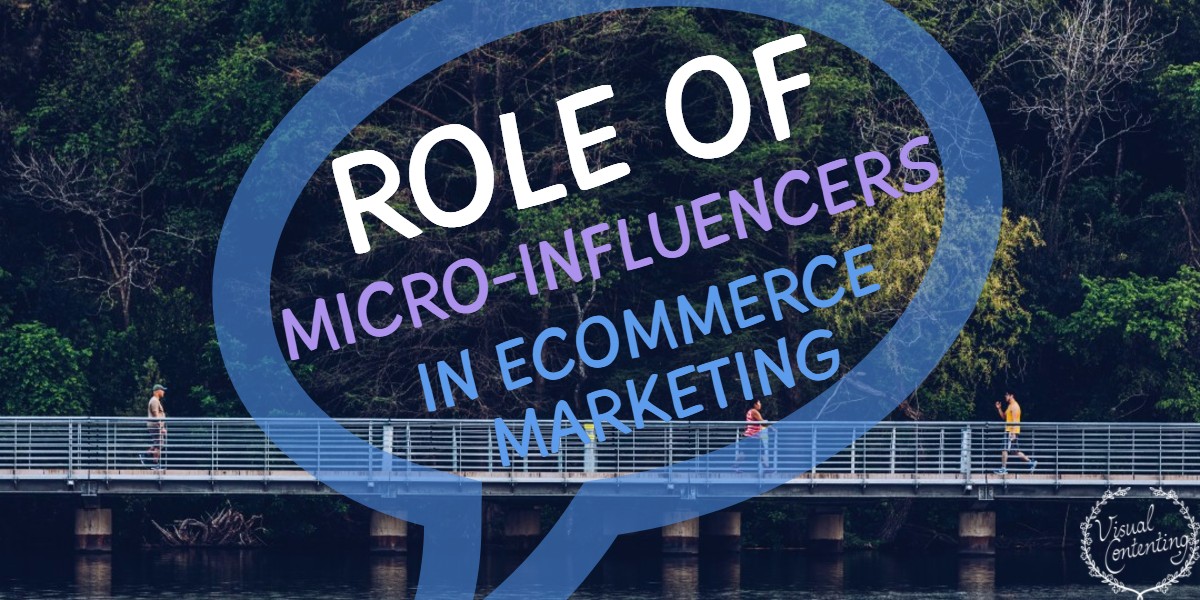If your ecommerce website conversions are looking bleak, know that you are not alone.
Converting passive visitors into paying customers takes a bit of blood, sweat, and tears, but with the right approach, the best tools, and a bit of creativity thrown in, you can improve your conversions and, in turn, your sales.
In this guide, we’ll look into five marketing tactics to help you increase your ecommerce website conversion rates and earn more money.
1. Display winning product reviews
New visitors to your ecommerce website are not always ready to buy. You need to build trust with them first and convince them of your products (and services) value to get them to purchase and even become loyal customers.
One effective way of building trust with potential customers is to display product reviews from your satisfied buyers.
Positive customer reviews and testimonials can work almost as well as personal recommendations from friends and family. These can help tell shoppers what to expect from your products based on real-life buyer experiences.
To simplify asking for and posting customer reviews, use built-in features or reliable plugins from top ecommerce platforms for small businesses.
For instance, Shopify offers a product review plugin you can easily integrate into your ecommerce website.
The plugin makes it easy for customers to post product reviews, and you can customize how you want to display all the feedback.
Image source: shopify.com
Make the most of your customer reviews by showing them strategically across your ecommerce website, such as your product pages and homepage. This can help you overcome objections and give shoppers that gentle nudge toward your Buy Now buttons.
2. Use chatbots
Providing memorable, seamless customer experiences can help you get more shoppers to act on your conversion goals, buy your products, and even establish long-lasting client relationships.
One way of making this happen is to deploy Artificial Intelligence (AI) chatbots.
AI chatbots can automate responding to common customer queries and issues, allowing for quick resolutions.
AI chatbots work 24/7, so customers can get the help and answers they need anytime, anywhere.
Use customer service platforms such as ActiveChat that lets you build no-code chatbots quickly and easily.
The software’s smart AI chatbot offers a visual chatbot builder and uses a decision tree to automate day-to-day client conversations, providing prompt and appropriate responses to customer queries and issues.
Image source: capterra.com.
With AI chatbots, you can streamline client conversations and address questions and concerns almost instantly, allowing convenient and seamless customer experiences that encourage conversions and purchases.
3. Offer discounts
Offering sales can help your business draw in shoppers like a moth to a flame when done right.
After all, who wouldn’t want to buy something for less than the original price?
Leverage this marketing tactic by offering reasonable discounts on your online store, including:
- Price drops on seasonal items. With some creative copy, advertising, and the right strategies, you can sell items such as swimwear or winter apparel for less even when they’re no longer “in season.”
- Flash sales. Offer specific products at discounted prices for a limited number of hours or days. This helps invoke a sense of urgency from shoppers, encouraging them to buy quickly before your store runs out of the items (or before your products sell back at their original prices).
- Exclusive discounts for email list subscribers and members. Entice your website visitors to sign up to your email list or buy your products by providing discount coupons for first-time (or long-time) subscribers or customers.
For example, you could offer discounts for email subscribers who will join your conference or summit (yes, there’s a difference between a summit and a conference).
- Discounts for referral program participants. Give discounts for people who refer your store or products to others. It’s a great way to spread awareness about your brand to more people while encouraging purchases.
4. Reduce abandoned carts
It can be frustrating when customers get to your checkout page only to leave when they’re so close to buying.
While many factors often cause shoppers to abandon their carts at the last stretch, the key is to reduce or eliminate anything that might distract them or lead them to turn away.
Consider these tried and tested tips to reduce your abandoned carts.
- Display security badges. Some customers might be hesitant to continue buying from your store due to security concerns.
Assure shoppers you can keep all their personal information safe, such as their names and credit card numbers, by displaying security badges.
This indicates you have the security measures to keep your customers’ data and transactions secure, which can make the difference between a purchase and an abandoned cart.
Image source: avada.io.
- Simplify the checkout process. Shoppers who are ready to buy usually want to get in and get out of your ecommerce website within minutes. Keep your checkout process within three to four steps to make purchasing your products fast and hassle-free.
- Be transparent about fees. Customers are more often to abandon their carts when they see how much more their orders will cost after taxes and applicable fees.
- Show all the fees included in your customers’ purchase. This lets shoppers know how much they expect to pay from the get-go to avoid misleading or frustrating them, which can ruin the customer experience.
Overcome objections and entice shoppers to complete their purchase by implementing effective tactics to reduce cart abandonment, increasing conversions and sales.
5. Publish compelling content
Most shoppers visit your store because they want to find something or solve a problem.
To help show your potential customers that you can give them what they’re looking for and that your brand is a reliable source of answers to their problems, publish relevant and engaging content.
Plus, your website content can help move your prospects along the customer journey to convert them into paying customers ultimately.
Consider creating various content types based on your specific audience groups and where they are in the customer journey to convert your leads into customers effectively.
You’ll also need to create and publish the right content to the appropriate channels, including:
- How-to videos and tutorials on your website and social media networks
- Blog posts, articles, infographics, etc. on your online store
- Email newsletters
- Facebook and Instagram stories
Create quality content that addresses your target market’s pain points and offers value. Doing so allows you to deliver content that can resonate with them and compel them into acting on your conversion goals.
This can increase your website’s visibility and traffic, and in turn, raise your conversions and sales.
Skyrocket your conversions and sales
Getting more people to buy from your store takes hard work, deploying the right tools, and implementing the strategies that work best for your business.
There might not be a one-size-fits-all set of marketing tactics to get your ecommerce website more conversions, but the tips in this guide can set you on the right path, increasing your chances of succeeding.
Related Posts
Community manager at Visual Contenting. Jacqueline loves to talk about social media trends, new technology and how they help businesses accelerate their marketing efforts.

